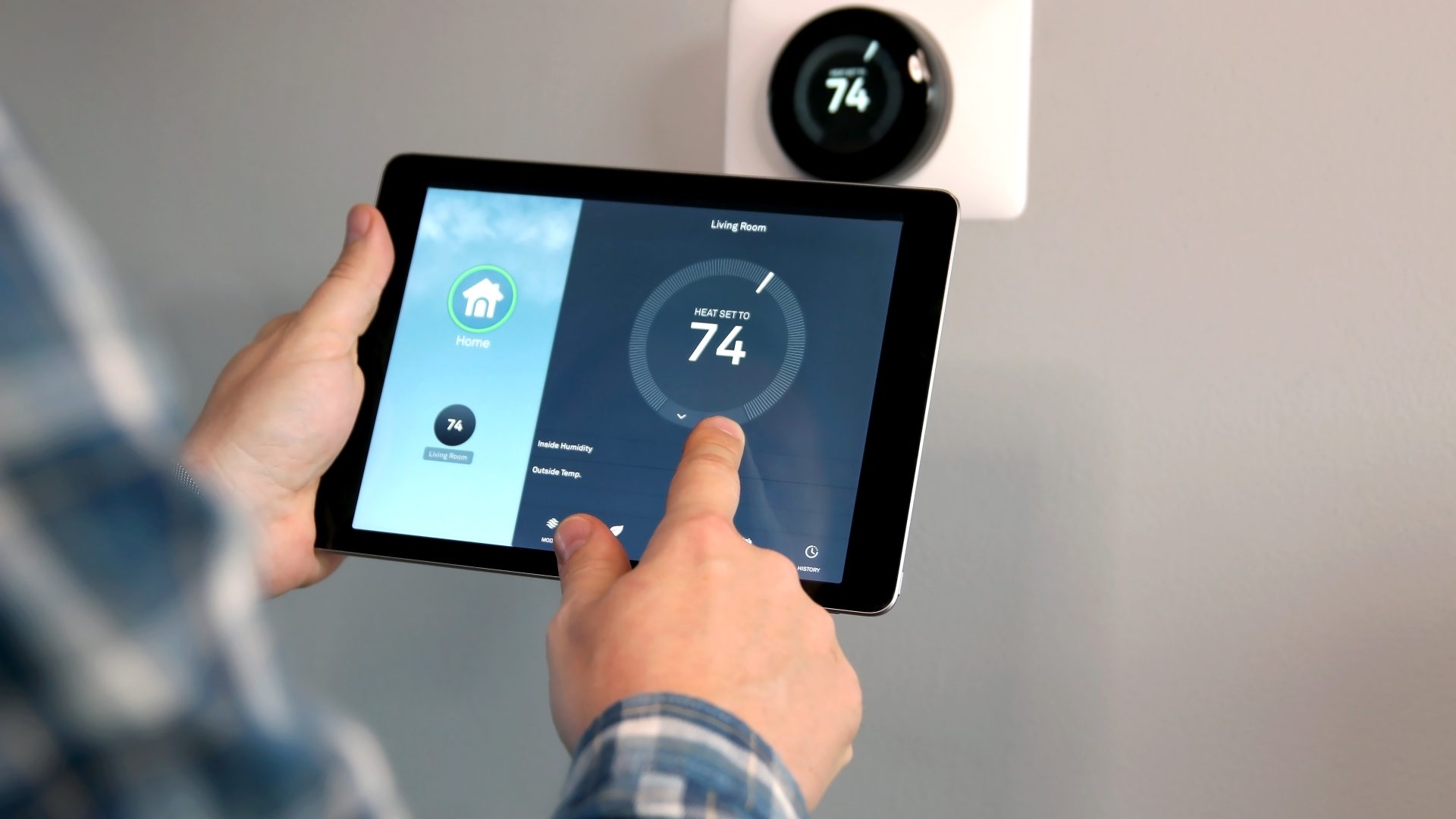In the world of heating, ventilation, and air conditioning (HVAC), the design of a system plays a crucial role in its efficiency, performance, and longevity. A well-designed HVAC system not only ensures optimal comfort for occupants but also minimizes the frequency of repairs and maintenance. At Advanced Cooling, we understand that the intricacies of HVAC design can significantly influence how often repairs are needed. Let’s explore this relationship and why proper design is essential for reducing repair frequency.
System Sizing
One of the most critical aspects of HVAC design is proper system sizing. An HVAC system that is too large or too small for the space it serves can lead to various issues:
- Oversized Systems: If the system is too large, it will cycle on and off frequently, a phenomenon known as short-cycling. This can result in increased wear and tear on components, leading to a higher likelihood of breakdowns and repairs.
- Undersized Systems: Conversely, an undersized system will struggle to maintain the desired temperature, leading to overexertion and potential system failure. This constant strain can cause components to fail more quickly than expected.
Tip: Always consult with a professional to ensure that your HVAC system is appropriately sized for your space.
Ductwork Design
The design of ductwork is another critical factor in HVAC performance and repair frequency. Proper duct design ensures that conditioned air is distributed evenly throughout a building. Poorly designed or installed ductwork can lead to:
- Air Leaks: Leaks in the duct system can significantly reduce efficiency, forcing the HVAC system to work harder and leading to increased wear on components.
- Imbalanced Airflow: Inconsistent airflow can result in hot or cold spots in different areas of a building. This imbalance can cause the system to run longer to maintain comfort levels, increasing the frequency of repairs.
Tip: Investing in high-quality ductwork design and installation can pay off in reduced repair frequency and improved efficiency.
Quality of Components
The choice of components used in an HVAC system is directly related to its design and future repair needs. High-quality components are less likely to fail and generally require less maintenance. On the other hand, using lower-quality parts or materials can lead to a range of issues, including:
- Increased Failure Rates: Cheap components may not withstand the demands of daily operation, leading to frequent repairs or replacements.
- Inefficient Operation: Inferior components can hinder system performance, leading to higher energy costs and increased wear on the entire system.
Tip: Always choose reputable brands and components when designing or upgrading your HVAC system.
Zoning and Control Systems
An effective HVAC design incorporates zoning systems that allow for precise temperature control in different areas of a building. A well-designed zoning system can help reduce wear on HVAC equipment by ensuring that heating and cooling are only provided where needed. Without zoning, systems may overheat or over cool certain areas, leading to:
- Increased Cycling: This can lead to shorter lifespans for components, resulting in more frequent repairs.
- Energy Waste: Inefficient operation increases energy costs and the likelihood of issues arising from continuous strain on the system.
Tip: Implementing zoning controls can enhance comfort and minimize the strain on your HVAC system.
Maintenance Accessibility
A well-designed HVAC system should also consider the ease of maintenance. Systems that are difficult to access for routine maintenance tasks may not receive the necessary care to keep them running efficiently. This can lead to:
- Neglected Maintenance: Regular maintenance is vital for identifying potential issues before they become significant problems. A lack of accessibility can result in missed opportunities for maintenance.
- Increased Repair Frequency: Over time, neglecting maintenance can lead to a host of problems that require repairs, often at inopportune times.
Tip: Ensure that your HVAC design allows for easy access to key components for routine maintenance and repairs.
Conclusion
The relationship between HVAC design and repair frequency is complex but essential for homeowners and business owners to understand. A well-designed system considers factors like proper sizing, ductwork layout, component quality, zoning, and maintenance accessibility—all of which can significantly impact how often repairs are needed.
At Advanced Cooling, we have been committed to providing professional heating and cooling solutions in Texas and Oklahoma since 2001. Our experienced team is dedicated to designing and maintaining HVAC systems that ensure comfort while minimizing repair frequency. If you’re looking to improve your HVAC system’s efficiency or have questions about repairs, don’t hesitate to give us a call! We’re here to provide courteous, friendly, and affordable service tailored to your needs.
Advanced Cooling is the premier choice for HVAC services in Texas and Oklahoma. With a team of highly trained and certified technicians, we have the expertise to handle all of your heating, ventilation, and air conditioning needs. Our commitment to customer satisfaction is unmatched, and we always go above and beyond to ensure that your experience with us is positive. We use only the highest quality parts and equipment to ensure that your HVAC system is running at peak performance. Plus, we offer competitive pricing and flexible scheduling to fit your needs. Choose Advanced Cooling for all of your HVAC needs in Texas and Oklahoma.
